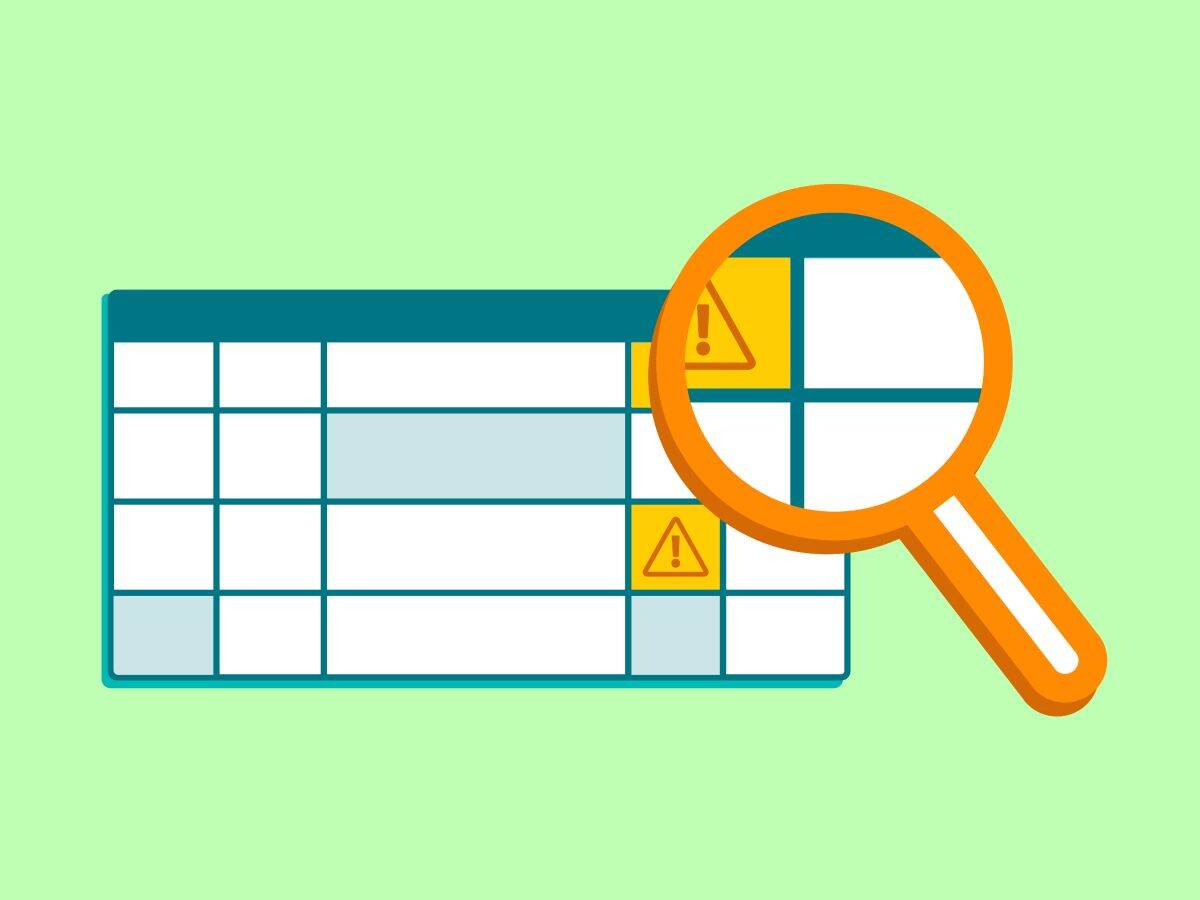January 4, 2024
By Michael Wiklund and Erin Davis
During this month’s webinar, Michael Wiklund and Erin Davis from our Human Factors Research & Design team discussed methods for identifying potential user errors. This webinar debrief provides an overview of the importance of identifying use errors and a discussion of potential methods for doing so.
Identifying potential use errors
Identifying potential use errors is an important Human Factors Engineering (HFE) activity. Preventable medical errors remain a significant cause of death across the globe, and where medical errors concern medical devices, they most often can be traced back to a user interface shortcoming.
To increase medical device safety, it is crucial to identify potential use errors and protect against them. This involves:
-
Determining potential use errors
-
Assessing the risk posed by them
-
Mitigating the risk by means of various user interface design changes
It is not easy to identify flaws in user interfaces and it takes careful inspection and analysis. Some use errors might escape identification via only one inspection method. Accordingly, applying multiple methods helps ensure the completeness of a potential use error list.
Methods of identifying potential use errors
Methods of identifying use errors can be organized into three categories:
-
Analytical techniques,
-
Data-driven techniques
-
Research-based techniques.
Below, we describe some of the methods associated with each category.
Analytical techniques
Task analysis. What is task analysis? A task analysis involves decomposing the interactive sequence of device use into discrete parts. One productive type of task analysis is a PCA (perception, cognition, action) analysis, whereby you break down tasks into the parts a user must perceive, think, and do in the course of interacting with the device. From there, you can then identify use errors by considering what would happen if the user does not perceive a device element, determine the right course of action, or act correctly.
Hazard analysis. What is hazard analysis? A hazard analysis is a way of working backward (or top-down) to identify potential use errors. You first determine the harm your device can potentially cause (e.g., pain, electric shock, chemical exposure). You then identify the actions, or the sequence of actions that could lead to such harms, enabling you to identify safety-critical use errors.
Brainstorming. What is the purpose of brainstorming? Brainstorming is a relatively simple but useful method of identifying potential use errors. Work individually or in groups to think of as many potential use errors as possible based on your team’s experience and imagination.
Data-driven techniques
Known problems analysis (KPA). A known problems analysis (KPA) involves looking at problems that have occurred with similar, existing devices and considering how your device prevents them. There are various sources of data that you can use to conduct your KPA. These include MAUDE, the FDA’s database of medical device reports, the ECRI’s Medical Device Safety Reports, as well as Google Scholar and numerous others. You can also meet with your company’s post-market surveillance team to uncover use issues relating to existing versions of your device that should be prevented within the next version.
Research-based techniques
User interviews. How do you conduct a user interview? Identify a sample of your intended users who are likely to have used similar devices to the one you are developing. Then, interview them to share their experience with existing devices and uncover the kinds of use errors and difficulties they have experienced in the past.
Trainers. What is the value of interviewing trainers in identifying potential use errors of medical devices? Trainers who teach end users how to use devices have a wealth of information to share regarding potential use errors and difficulties. They know the aspects of medical device use that trainees find most difficult to learn and which aspects induce mistakes. Therefore, interviewing trainers is a valuable method of identifying
Field observations. During a field observation, you observe individuals using similar devices and take note of apparent use errors. It might be a slow and incomplete way to identify use errors but it lets you see how people use medical devices within their actual use environments and just might reveal a previously unidentified use error.
Usability testing. Usability testing can be used to identify new use errors and determine whether your mitigations are effective. After identifying your potential use errors or and designing your user interface to prevent them, you can use usability testing to determine
Summary of methods for identifying potential use errors
Using a variety of methods is the most effective way of identifying as many potential use errors as possible. It is important to expect and embrace redundancy. A thorough list of potential use errors is a crucial input for your use-related risk analysis and ultimately contributes
Contact our team to learn more about identifying and preventing use errors. Or, sign up for a complimentary account with our human factors software, OPUS, Emergo by UL’s software platform that provides human factors engineering (HFE) training, tools, and templates.
Michael Wiklund is Business Development Director and Erin Davis is Associate Research Director at Emergo by UL.
Request more information from our specialists
Thanks for your interest in our products and services. Let's collect some information so we can connect you with the right person.






